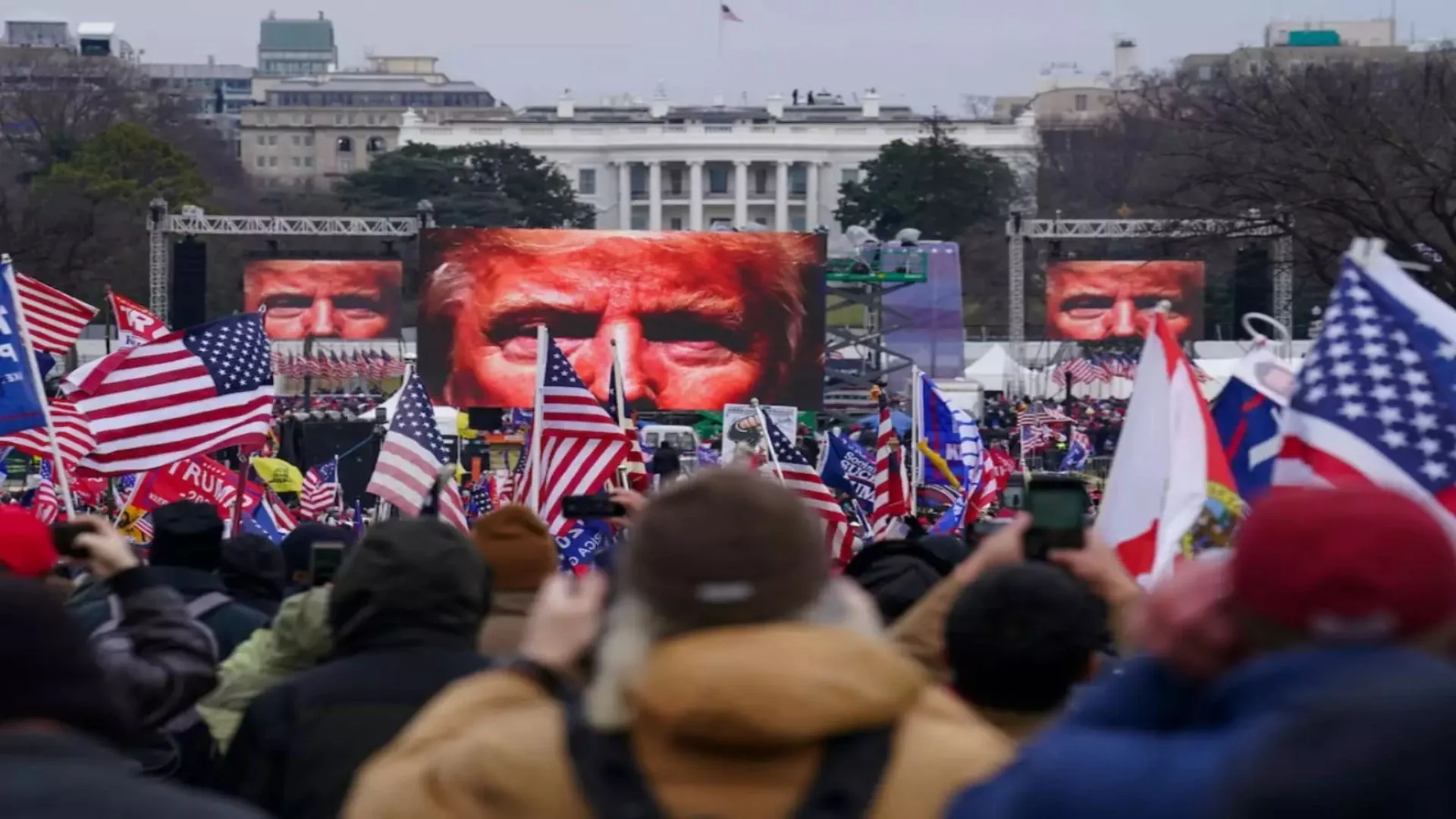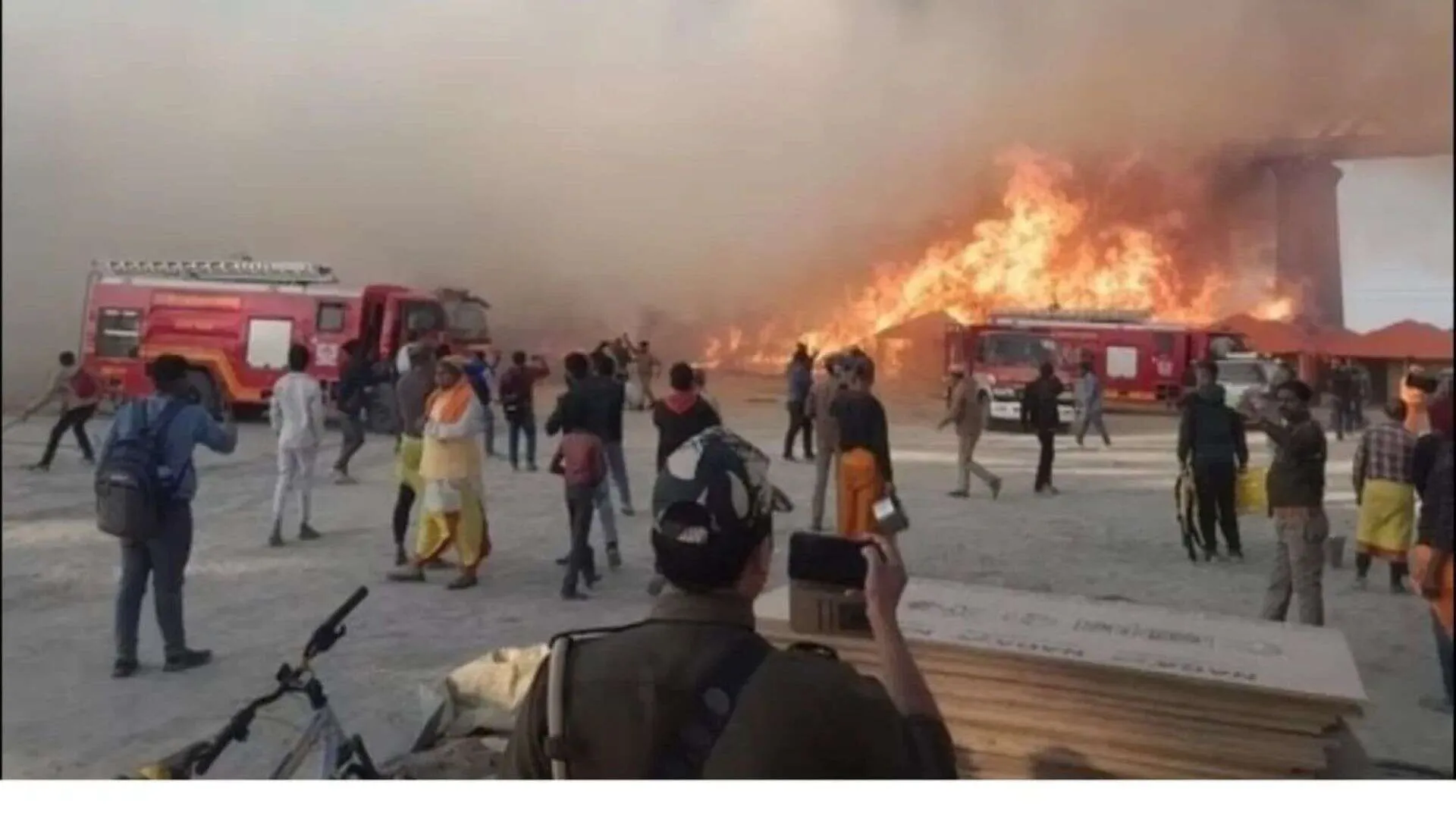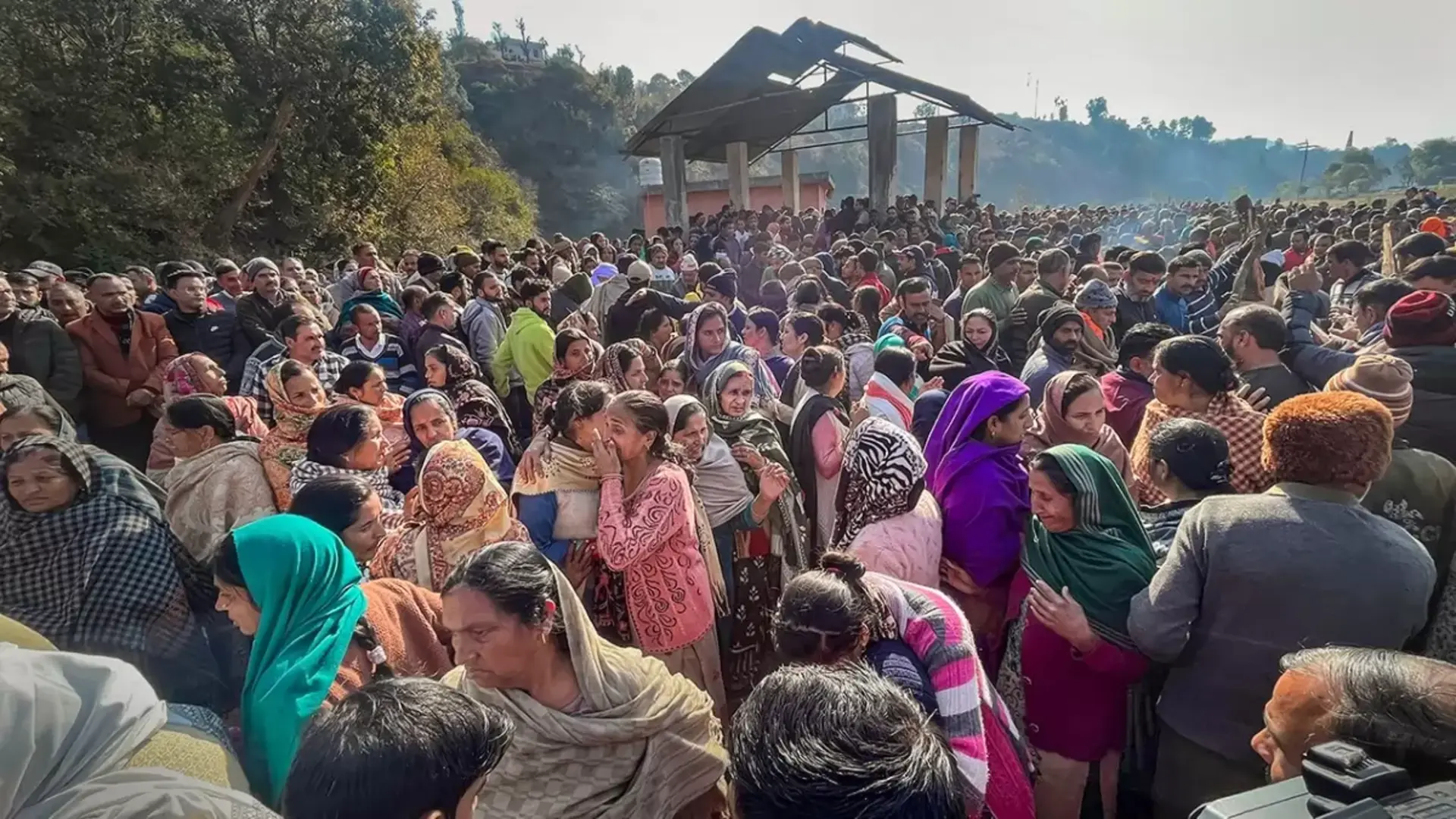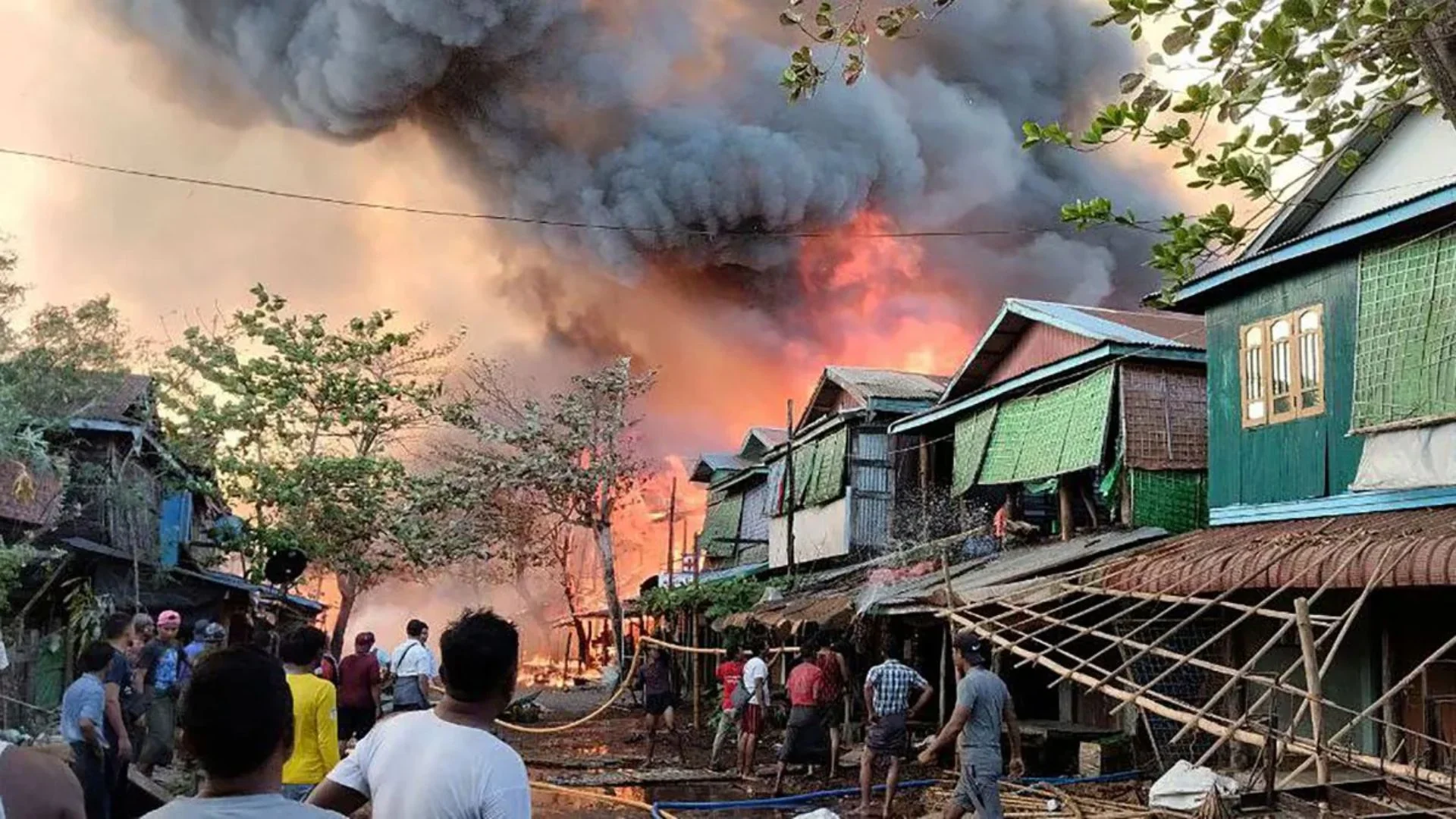“You don’t cast your vote in Bihar, you vote your caste,” goes an aphorism that has been popular in the eastern state of India since, at least, the early. It was the era when caste became a deciding factor in Bihar elections and since then it is playing a vital role in Bihar. Caste has been very demonstrative factor during elections of Bihar. Political parties & candidates take caste mobilization as one of the factor for winning elections; they deploy contestants of parties, as per the dominated caste of that region. It will increase the chances for winning elections. Development of particular area by the former MLA/MP hardly matters, only the caste and religion of that contestant matters to win an election. Party supreme know this fact, and so they use these in their strategy, just to win an election and gain attention from the public.
These caste politics in Bihar was not from the beginning, it actually came in limelight during 90’s. After the Mandal Commission report and the beginning of reservation to the OBC’s; Bihar has suffered lot of agitation and violence by the students and job seekers. The political parties took it as an opportunity, in their rallies they tried to discriminate between backward and forward castes, and this helped Janta Dal in winning the 1990 elections. The quotes of Shri Lalu Prasad Yadav during the election rallies can be clearly understood of promoting a particular caste, and was trying to create hatred felling in the minds of marginalized castes of the society, against the rich and forwards. He called them (socially marginalized) as backward, and agitated them by giving statements like ‘BHURA BAAL Saaf Karo’, in his rallies and road shows. By, arresting Shri L.K. Adwani for Ram Rath Yatra, helped him to gather minorities votes too, and with Janta Dal he again won the election of 1995.
Later on, Janta Dal also dissolved, because of inner casteism and leadership related issues, and gave birth to many small political parties on the basis of castes, i.e, Samta Party, RJD, LJP, SP, etc. This division of a big political party, created vote mobilization on the basis of caste in Bihar. Most of the Yadaws vote for RJD, and most of the forward classes vote for NDA. Caste politics can be observed not only during election but also within the political parties. The major problem with Bihar politics is, no any party is in a position to get an absolute majority, this is again because of casteism as no any party has a good proportion of vote mobilization from their castes that they alone led to win an election, so small political parties form an alliance just to increase vote percent from various castes. Casteism in Politics is not only in Vidhan Sabha or Lok Sabha Elections, but it can also be seen in Panchayat or Municipality elections. This casteism in politics of 90’s came because of the domination of upper caste by the lower caste, due to massacre of Dalits by the Sunlight Sena and Ranvir Sena, by masscare and possessions over land of upper caste by Maoist groups like, MCC. Bihar has suffered lot of massacre in 90’s, Laxamanpur-Bathe and Bathani-Tola were two among them, where many Dalits have been killed at large. These incidents widened the gap between upper castes and lower castes, the influence of which has not gone yet.
Anti-Indira wave was firstly started from Bihar by J.P. Narayan. In 1974 with the involvement of student, J.P. came with an idea of Total Revolution & togetherness, and this helped Janta Party to come into power. But unfortunately, the socialist parties which were formed after an emergency era, later also started doing caste-based-politics, which finally ended with dissolution. During, 1952-1989 there were hardly any instance of caste-based politics by the political parties, but it increased with the passage of time. The main irony with Bihar politics is, the party which remained in Bihar politics for a long time, after 1952 is now in a position not to win a single seat. It shows the domination of caste-politics in Bihar. Another instance of domination of caste in Bihar politics came with a speech of Shri Narendra Modi in 2015 Vidhan Sabha elections, when he called there is something wrong with the DNA of Nitish Kumar, this statement gathered majority of Kurmi votes to Mahagathbadhan, as Nitish Kumar is Kurmi by caste.
Caste factor in politics helped Nitish Kumar to form a government as he got support from BJP in 2005 & 2010 Vidhan Sabha elections of Bihar, where he got both forward and backward votes. The reason for winning 2015 elections is again due to fusion of votes by grand JDU-RJD alliance, as they both have good vote percentage from OBC’s and Dalits. The Bihar Vidhan Sabha elections for 2020 are going, and all the parties contesting 2020 elections are again promoting the caste-based politics, Tejaswi Yadav in one of his rally gave a statement against the Rajputs of Bihar.
As always, in this election too, parties are deploying the contestant belonging to the same castes, as in Dinara Vidhansabha seat, the contestant of both JD(U) and LJP, i.e., Jai Kumar Singh, who is a minister and Rajendra Singh both comes from the same caste background. Similarly, at the Raghaopur assembly seat, which is a Yadav-dominated seat, Tejaswi Yadav is contesting from RJD, and Satish Kumar from NDA; at the Parsa Vidhasabha seat which is going to be the toughest seat, Chandrika Rai is contestant of JD(U) who is father-in-law of Tej Pratap Yadav and was once a prominent candidate of RJD and Chote Lal Rai who was a JD(U) contestant once, is now a contestant of RJD, again this is Yadav – dominated seat. There is no any counting of similar prototypes in this election. Even few of the newspapers have their headlines, as ‘this party has given these many seats to this caste….’ Ultimately, Bihar will progress only when parties leave caste-based politics.
While so many political parties coming into picture in this caste based game in Bihar, it is ultimately the Dalits who are going to decide the fate of the winning party in this election. Historically, when we look into the importance of Dalit votes we see that 16 percent of the population in Bihar constitutes the Dalits which is 2nd in number after Uttar Pradesh.
The anti-incumbency sentiment within the NDA ‘s social coalition is strongest among the Dalits when we look around at the new Lokniti-CSDS survey. The upper castes support Nitish Kumar ‘s return by a margin of 53 to 32 per cent and the non-Yadav OBCs by 56 to 28 per cent. The Dalits, who support the removal of the Nitish Kumar government by 48% to the 34% who do not, are the future deserters who can unravel this NDA alliance. The very same thing happens, in 2015, when the Dalits dumped the BJP and its allies. The Lok Janshakti Party (LJP) and the Hindustani Awam Morcha (HAM) won just three out of the 60 seats allotted to them, and thus dragged down the NDA’s final tally.
With the first phase of voting coming to an end, nothing seems crystal clear in Bihar elections this year. It would be interesting to see if the ‘Vaccine’ card played by BJP goes right in their court or not. Whatever be the result of this election, we would again see the caste factor playing a major role in the triumph of a party.























